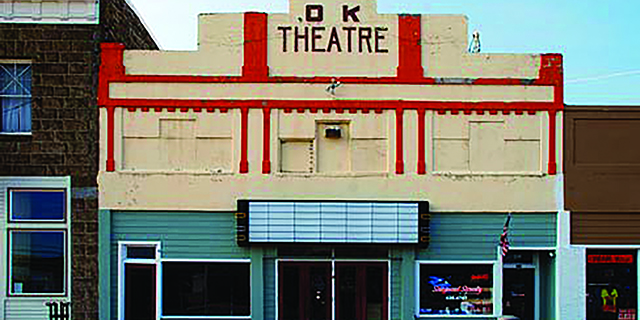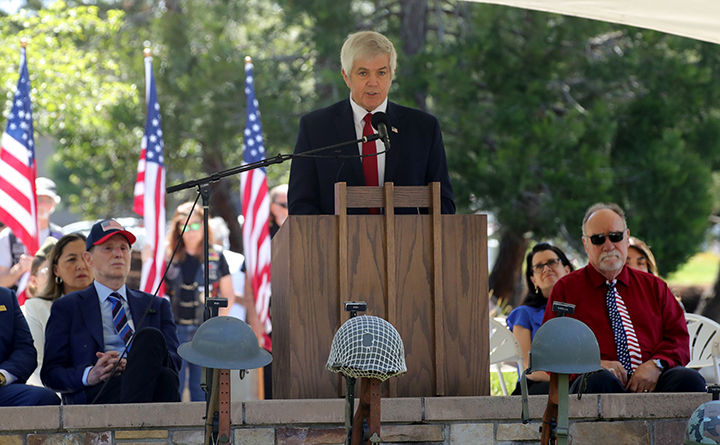How to connect during social distancing, especially for vulnerable populations
Published 3:00 am Friday, June 19, 2020

- Amy O'Hana
When was the last time you felt truly connected?
Close your eyes for a minute. Breathe in deeply. Reflect on the question just asked and feel into it. Let the answer rise to the surface from a deeper part within you—let it rise from your depths into your consciousness.
I’ll wait. Go ahead — try it.
Everything’s different now, thanks to COVID-19. A world crisis previously unfathomable, people are now concerned with protecting what remains, especially the most vulnerable. I fully embrace this principle; I know and love many people over age 60 as well as those whose medical histories increase their risk of contracting the disease. Stay-at-home orders and social distancing are imperatives.
One of the benefits of social distancing is that many people are now experiencing increased communication through technology. Meetings, lessons and social hours are now occurring through the web, phone and email. Not only has technology provided this access, but living through a crisis together has a way of prompting reflection about what is most important. Connecting with who and what we love becomes a priority, and thus we communicate more.
But is communication really a connection?
As a mental health counselor, my work is all about helping people create deep connections. As humans, our first point of connection is through communication. Face time and Zoom have lessened the impact of disconnection during COVID-19. But communication is not just words and sounds (or even signs, such as through sign language). It’s also eye contact, facial expression and body posture. Even deeper (and what’s not often spoken of) is the metaphysical energy between humans. These latter properties are essential to connection.
Communication is exchanging words, sounds or signs. Connection is feeling into each other during the exchange.
Technology has allowed those that are most vulnerable to COVID-19 — those over the age of 60 and the medically fragile — to stay in touch. I know many folks who are thrilled to attend grandkid birthday parties or worship together in a faith community online. I’m thrilled to participate this way, too! But all of this talking and web interfacing may not mean we are actually connecting. Just like the song by the 1990’s rock band Extreme, we need “more than words” to make it real.
Communication is exchanging words or sounds. Connection is feeling into each other during the exchange.
Many believe that connection can’t be attained through technology. I’ve heard so many complaints and criticisms about Zoom teaching, remote meetings, and web happy hours. They do stink — if you are simply just communicating. The good news? You can still have true, deep connection through technology.
When I visit my parents (who are now in their 70s), and when I used to visit my late grandparents, most of the time they don’t care about where we meet or what we do. Sometimes they just want to sit together, and sip something warm, without saying anything at all. They just simply want to enjoy each other’s presence. Prior to COVID-19, I never really understood that. Now I do.
It is these moments of together-ness that matter most. They want the seeing — the acknowledging of each other. Yes, they love the catching up, the “how you doin,’” but there is something deeper.
Connection.
Though we are forced to do it over the web, it doesn’t matter. You can still deeply connect with those you love. The next time you log on, pause. Look at each other closely and smile. Notice. Feel into each other. Acknowledge each other’s presence before you even say a word. Take some moments to just eat or sip something, and breathe together. Though it might seem awkward with work colleagues or students, even just a minute or two can change the energy between you and deepen your connection.
These moments of true, deep connection before and during communication can make all the difference. We live in a new world — and the folks that are the most vulnerable feel it the most. Even though technology and circumstance means we may be communicating more, let’s not lose touch. Deep connection is attainable, even @home.









